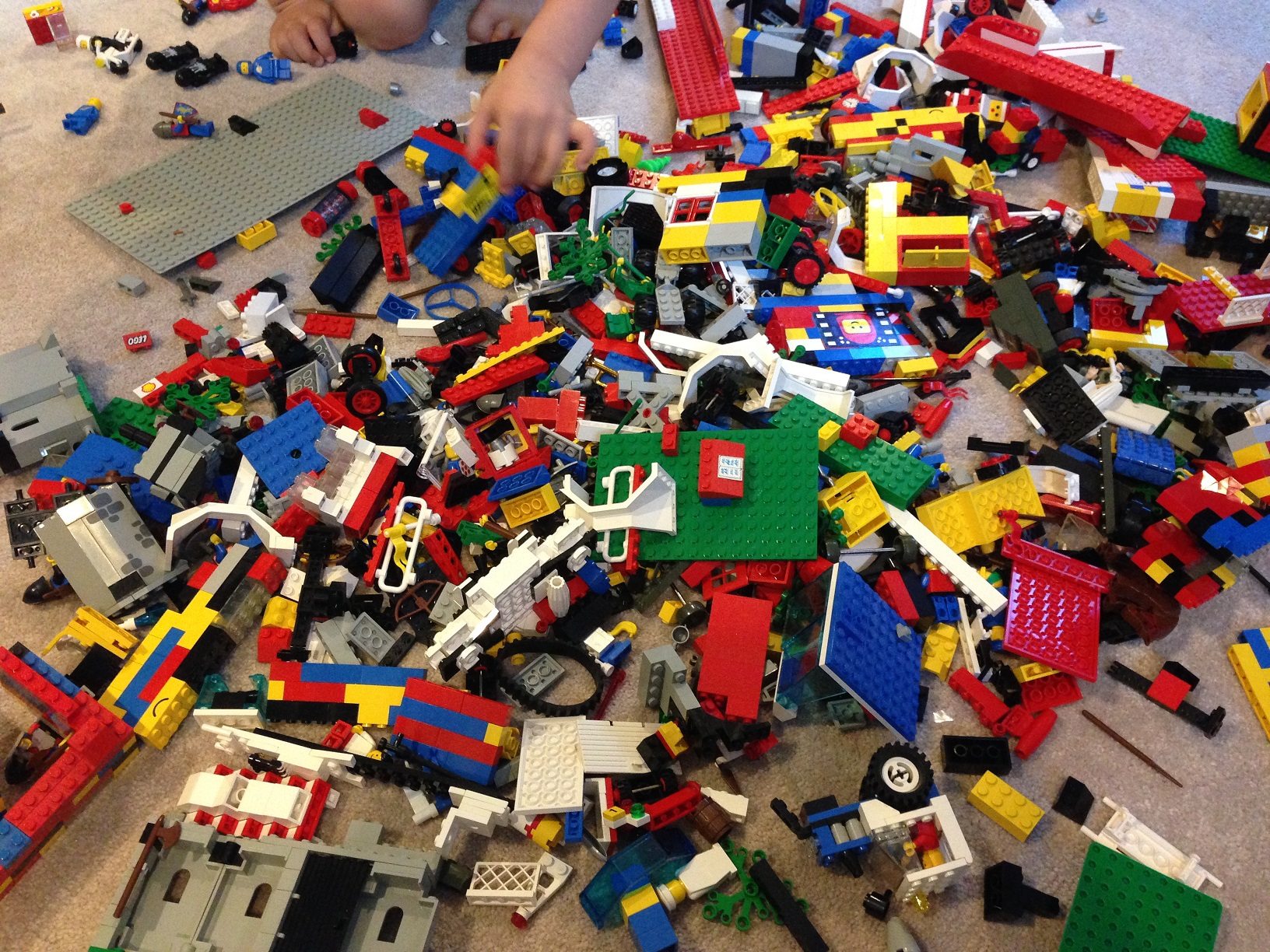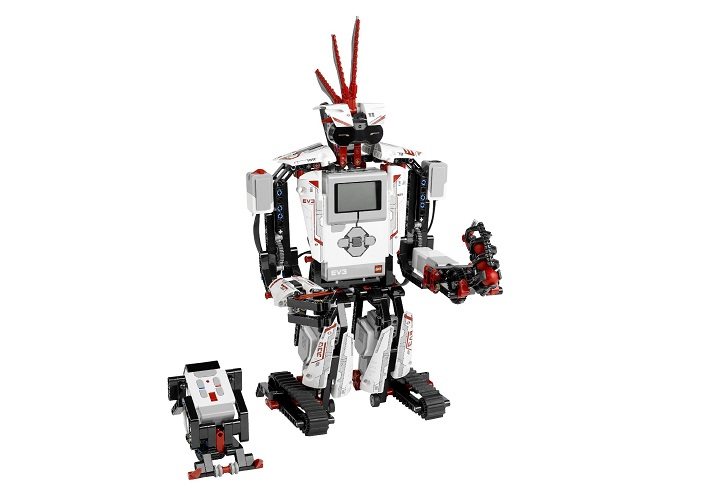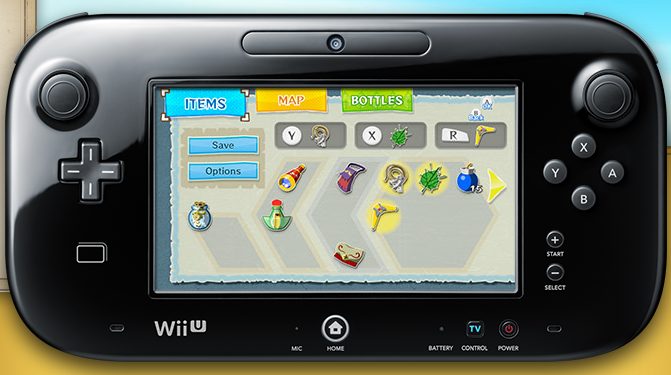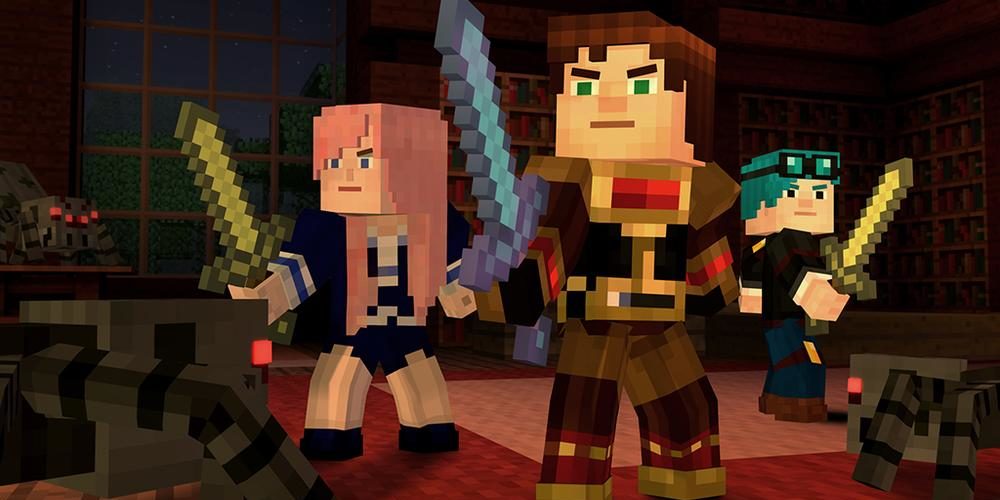
So your kid got that very first LEGO set and loved it. Maybe it was a birthday present. Maybe it was an impulse buy at the store. Maybe it was a vintage hand-me-down. But now he/she is in love and obsessed with gathering as many little bricks as possible and assembling a minifig army that can conquer the living room floor.
But here’s the rub: you don’t know anything about LEGO. I mean, sure, maybe you played with them as a kid, but that was 20 or 30 years ago. You don’t have the slightest clue what the LEGO landscape is like now.
Fear not. We’re here to unmuddy the waters and hopefully add some clarity to what’s out there, what your options are, and where you should be concentrating your efforts. The range of possibilities offered by LEGO is vast, and it’s almost a guarantee that there’s something that will appeal to any kind of kid (or kid at heart).
I should probably explain that this guide is going to focus on standard LEGO bricks. If you’ve got really young’uns, Duplo is a solid bet, but I’m not including them here… except I guess I just did. Huh.
If you’re just diving into the world of LEGO, you should probably know the answers to a few questions before you go shopping:
- How old is my kid?
- Will he or she be building alone, or will I be helping?
- How much am I willing to spend?
- Does my kid want to construct vehicles and buildings based on characters he/she already knows?
- Am I prepared for the obsession to take root and consume our lives?
- Are we in this for the long haul?

How old is my kid?
In my experience, once kids outgrow Duplo, they’re pretty much ready for the real deal. There’s a relatively new line called LEGO Juniors where sets consist of fewer bricks and more custom pieces (therefore requiring less construction), so this might be a good place to start if your kid is in the 3-5 range and determined to build solo. There are quite a few cool sets, including this construction set, pony farm, and Spider-Man hideout.
If the Juniors sets look a little too basic or your kid is a smidge older or more proficient with the bricks, check out the smaller sets in your chosen theme. Don’t be put off by the seemingly high brick count. This small racecar, for example, is fairly simple to put it together (a 4-year-old could probably do it without much help), and it consists of 104 pieces. That might sound like a lot, but many of those pieces are very small. A 100-piece set is pretty much as small as they come (unless you grab an impulse-buy polybag set in the checkout line at Target).
Will he or she be building alone, or will I be helping?
If you’ll be building together with your child, then bravo! There aren’t many more rewarding afternoons spent with your kid than assembling Avengers Tower or the Millennium Falcon. There really aren’t any limitations here. LEGO instructions haven’t changed much in 30 years. They’re still completely wordless and presented in step-by-step, methodical order where no single step involves much more than five or six pieces. It’s like building Ikea furniture on a miniature scale.

If your kid is building alone and is about 6 or older, I’d also say that the sky is the limit. I don’t put much stock in the age recommendations on the box. I’ve found them to be way off the mark. Once you have a couple sets under your belt, you’ll be better able to judge for yourself what you kid is capable of doing.
How much am I willing to spend?
Ah, here’s the kicker. I’m not gonna lie: LEGO can be expensive. The cheapest boxed sets (like that aforementioned racecar) run about $10, but those are relatively few and far between. Those impulse-buy polybags are cheaper, yes, but you’re really not getting much with them. Some of them barely qualify as real sets.
Another thing that hasn’t changed in several decades is that LEGO is still divided into themes. Thankfully, within each theme is a range of sets – both in size and cost. For example, let’s take a look at the Scooby-Doo theme (a personal favorite of mine). It consists of five different sets:
- Mummy Museum Mystery (110 pieces): $14.99
- Mystery Plane Adventures (128 pieces): $19.99
- The Mystery Machine (301 pieces): $29.99
- Haunted Lighthouse (437 pieces): $49.99
- Mystery Mansion (860 pieces): $89.99
This is fairly representative of most themes. You’ll have your small set(s) that run about $15-20, there will be mid-range sets that’ll set you back $30-50, and there’s usually at least one large set that goes for $80+. Sometimes more… a lot more.
Obviously, you should only spend as much as you want to spend, but you should know that it’s very easy to get sucked in and be tempted to spend big bucks on LEGO. Especially if you’re after minifigs. The biggest sets obviously have the most minifigs. That $250 Ewok Village? It comes with 16 minifigures!

Does my kid want to construct vehicles and buildings based on characters he/she already knows?
If the answer to this is yes, then you’ll probably want to check out the various licensed themes. Currently, those include DC Super Heroes, Marvel Super Heroes, Star Wars, Disney Princess, Minecraft, and Scooby-Doo. Some lines, like Star Wars, have been around for years and very likely will be around for many years to come.
Other licenses seem to disappear rather quickly, so my advice is if the theme appeals to you, jump on them while you can. For example, even though Teenage Mutant Ninja Turtles is a perennially popular franchise, the LEGO sets vanished from shelves and now fetch inflated eBay prices. The same is true of Jurassic World and will soon be true for Scooby-Doo (since the theme is apparently complete and has no new sets on the horizon).
Non-licensed themes, however, are much more reliable. City, Friends, Elves, Ninjago, Chima, and the new Nexo Knights are bound to keep toy store shelves full. And I would argue that some of those themes have much cooler sets than some of the licensed themes. City, especially, has some truly fantastic sets with quite a bit of variety.
It’s also important to point out that all sets – regardless of theme – have a limited life span. Pick any set, and it’ll only average a couple of years on the market before it’s retired. So if you see a specific set you or your kid really likes, you might want to grab it. Again, there are some “old faithfuls” (e.g., there will always be a fire department sets in the City theme), but even those will come and go.
Do some research online about when certain sets or themes are set to retire. Sites like Brickpicker tend to be pretty reliable. Trust me, you don’t want to pay eBay prices once a set retires. For example? The Taj Mahal, which retailed for $300 in 2008, consistently sells for more than $1,000 today.
Am I prepared for the obsession to take root and consume our lives?
I hope so. Once the obsession hits, check out our advice for storage on a budget, think about investing in a LEGO collection, join LEGO’s VIP program, and – most importantly – have fun!

Are we in this for the long haul?
You certainly don’t need to be. There’s nothing wrong with being a “casual” LEGO fan and just picking up the odd set here and there. There’s no real need to get insane about it. However, I would be remiss if I didn’t point out that it’s absolutely possible for your kid to never grow out of LEGO.
As kids get older, it’s very likely their interests will turn to the Creator line (and its gorgeous modular builds, such as the Palace Cinema and the Detective’s Office) or Technic, which utilizes a different style of “brick” so experienced builders can create advanced models and vehicles with working parts.
Once your little genius has moved beyond Batmobiles, fire engines, and castles, it’s time to bring on the robots. The LEGO Mindstorms EV3 represents the most advanced technology available in a LEGO set. With it, it’s possible to build a walking, talking, and thinking robot, complete with touch, color, and infrared sensors. With the EV3, a young LEGO inventor is only limited by his/her imagination.

So there you have it. Hope you found our guide useful and are now floundering a little less. Please let me know if you still have any questions or if you think we goofed anywhere.
Good luck with your little builder and new obsession!





brickset.com is also a stellar reference.
Chima is in the processes of being retired as a line with Nexo Knights taking it’s place.
As a rule of thumb $0.10 a brick is fairly accurate, licensee themes don’t always line up with this. Dividing the part count by 10 is generally a fair estimate for price in most instances. Toys’R’US does mark up from MSRP on many but not all sets (general starting at the sets starting at $20), I’ve seen a little at Target but not as bad.
As far as age ranges I’ve found them fairly accurate as far as newer builders go. But once you get a few sets in I agree they have less meaning. You mention the Creator sets only for the modular buildings but the other Creator sets many of which are a good bit smaller are great entry points, as they have instructions for multiple models, and often fall under the $0.10 rule of thumb, as they have few mini-figures which skew that rule.